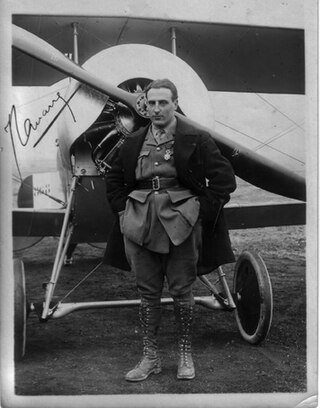
Jean Marie Dominique Navarre was a French aviator during World War I. As one of the pioneer flying aces, he was credited with twelve confirmed aerial victories and fifteen unconfirmed ones.
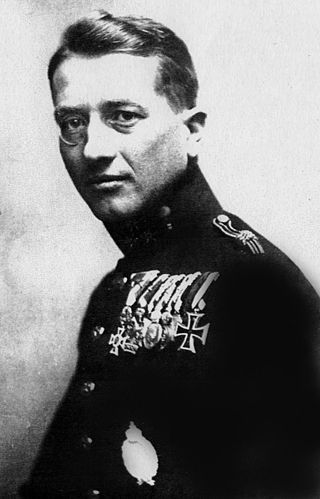
Godwin Karol Marian von Brumowsky was the most successful fighter ace of the Austro-Hungarian Air Force during World War I. He was officially credited with 35 air victories, with 8 others unconfirmed because they fell behind Allied lines. Just before the war ended, von Brumowski rose to command of all his country's fighter aviation fighting Italy on the Isonzo front.

Oberleutnant Frank Linke-Crawford, was the fourth-ranking ace of the Austro-Hungarian Air Force during World War I, with 27 victories.

Sous Lieutenant Gabriel Fernand Charles Guérin, Legion d'honneur, Medaille militaire, Croix de Guerre, was a World War I fighter pilot credited with 23 confirmed aerial victories.
Praporshik Aleksandr Mikhailovich Pishvanov was a World War I flying ace credited with five aerial victories. After an unsuccessful fight against the Communist takeover of Russia, he became an American citizen in 1928. His engineering skills were useful to both Sikorsky Aviation and to Seversky Aircraft Corporation from 1926 onwards. In 1942, he helped Walt Disney produce Victory Through Air Power to support the American war effort. Pishvanov's interest in aviation ended only with his death in New York City in 1964.

Karl Urban was an Austro-Hungarian World War I flying ace credited with five aerial victories.
Adjutant Pierre Augustin François Violet-Marty (1894-1916) was a World War I flying ace credited with five aerial victories.
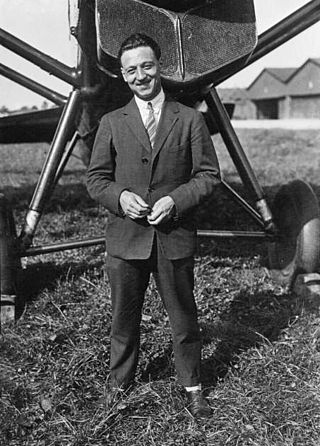
Lionel Alexandre Pierre de Marmier was a World War I flying ace credited with six confirmed aerial victories in World War I. He remained involved in aviation postwar, setting flying records and serving in the Spanish Civil War. At the start of World War II, he returned to his nation's service, shooting down at least one German plane. He died in an air crash on 30 December 1944. He was posthumously promoted to General.
Sergente Cesare Magistrini began his lengthy aviation career as a World War I flying ace credited with six confirmed and four unconfirmed aerial victories.

Lieutenant Jan Olieslagers was a Belgian motorcycle and aviation pioneer who set world records with both types of machinery. He became a flying ace during World War I despite his indifference in claiming victories; he was credited with six confirmed victories, seventeen unconfirmed, and an unknown number unclaimed. He later was instrumental in developing Antwerp's airport.
Adjutant Achille Justin Ernest Rousseaux was a French World War I flying ace credited with six aerial victories.
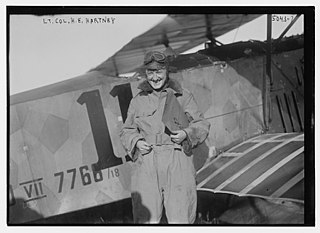
Harold Evans Hartney was a Canadian-born World War I flying ace who served in the Royal Flying Corps and then in the United States Army Air Service, credited with seven confirmed and one unconfirmed aerial victories.
Major John Bowley Quested was a First World War flying ace from England. He was credited with eight aerial victories, the most notable of which was over Gustav Leffers.
TenenteLuigi Olivari was a World War I flying ace who claimed 19 aerial victories. His Spad VII stalled into a fatal crash on 13 October 1917. Posthumously, he was awarded credit for eight aerial victories.
Adjutant-Chef Antoine Laplasse was a World War I balloon buster and flying ace credited with eight aerial victories, six of which were against observation balloons.
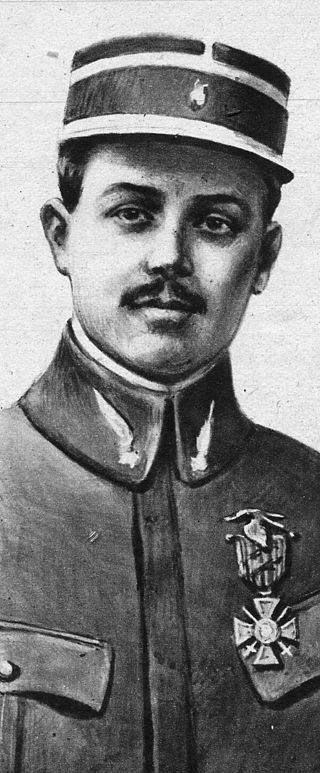
Capitaine Albert Louis Deullin was a French World War I flying ace credited with twenty aerial victories. He served for the entirety of World War I. By war's end, he had risen to command of a fighter wing. He would die in a postwar flying accident.

Adjutant Maxime Albert Lenoir was a pioneering World War I flying ace credited with eleven confirmed aerial victories, as well as eight unconfirmed.
Captain Reginald George Malcolm was a Canadian flying ace during World War I. He was credited with eight aerial victories scored during March, April, and May 1916.
Edmond Eugene Henri Caillaux was a French World War I flying ace credited with five confirmed and three unconfirmed aerial victories.










